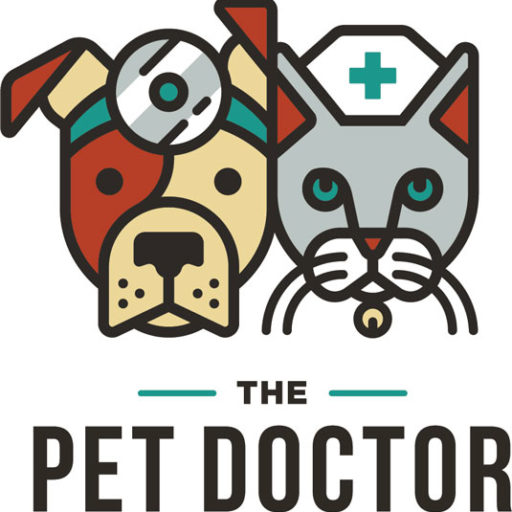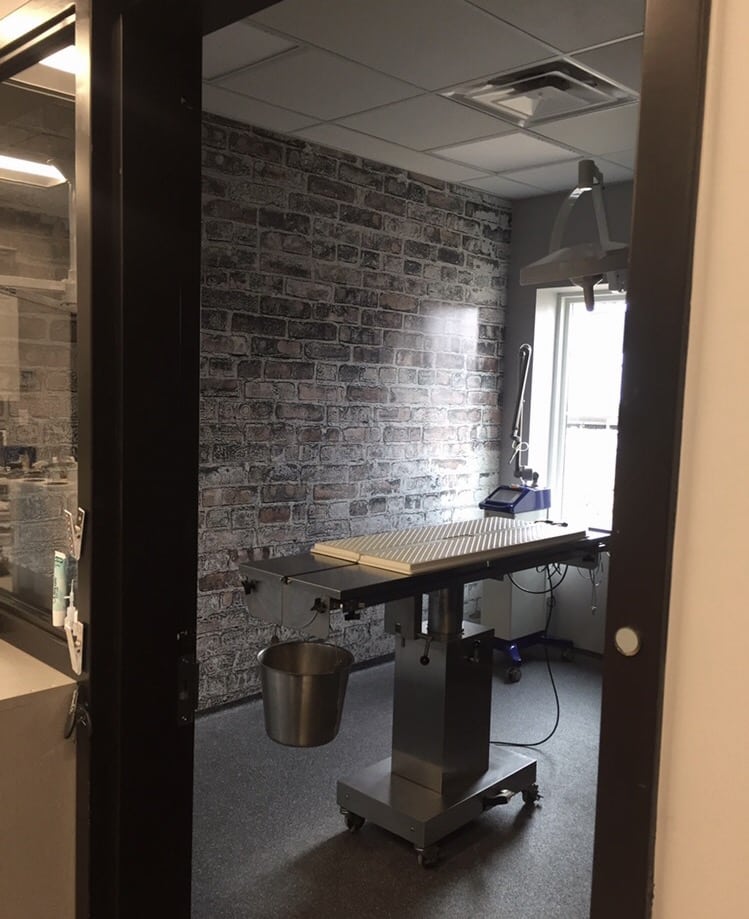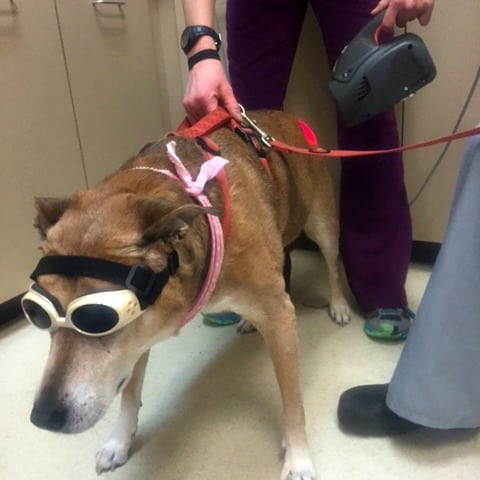Treatment Options
Surgical Services
Whether performing a routine surgery or an emergency procedure, you can have confidence that the veterinarians and staff at The Pet Doctor will work hard to ensure each procedure is thorough, done with the utmost expertise, and is as stress-free as possible for both you and your pet.
At The Pet Doctor, we fully understand the decision to allow your pet to undergo surgery is never an easy one. To that end, we are happy to answer any questions regarding your pet’s specific surgery. From routine spay, neuters, mass removals, and dental cleanings to more advanced and in-depth procedures, we are fully equipped with a separate surgical suite, monitoring including. So we can offer you peace-of-mind that your pet is receiving the best possible care. Additionally, our medical staff is happy to provide you with information on postoperative care to ensure a rapid return to your pet’s happy, healthy self.
Cold Laser Therapy
Low light level lasers (also called cold lasers) increase blood flow by dilating blood vessels and stimulating formation of new capillaries. The laser also dilates lymph vessels. Together, this speeds healing by enhancing delivery of needed nutrients and oxygen, while increasing removal of damaged cells and by-products. The low light laser also increases cell energy production. Nerve growth can be increased by laser light, and inflamed nerves heal more quickly with treatment. Laser light also causes a release of the body’s own pain killing chemicals including endorphins.
Virtually any disease process that involves inflammation can be helped with laser therapy. One of the most common applications of laser therapy in veterinary medicine is musculoskeletal disease and injury. The laser is effective in helping injured muscles heal more quickly, as well as improving the function of muscles that have been strained secondary to arthritis, hip dysplasia, or other injuries. Dogs recovering from orthopedic surgery benefit from laser treatment, as inflammation and pain are decreased while the circulation improves. Wounds and incisions heal more quickly when treated with the laser.
Low level laser therapy can easily be integrated into your pet’s veterinary care. Because treatment is painless and quick, even the most nervous animal can be easily treated. In fact, many animals feel more comfortable after just a few minutes of treatment. Depending on the condition, treatments are performed every few days for the first one to two weeks, then at a weekly or biweekly interval as healing progresses. Many pets are significantly improved in as few as six treatments. Periodic follow-up treatments can help pets maintain normal function and comfort, allowing them to live with minimal pain, without drugs or invasive procedures.


